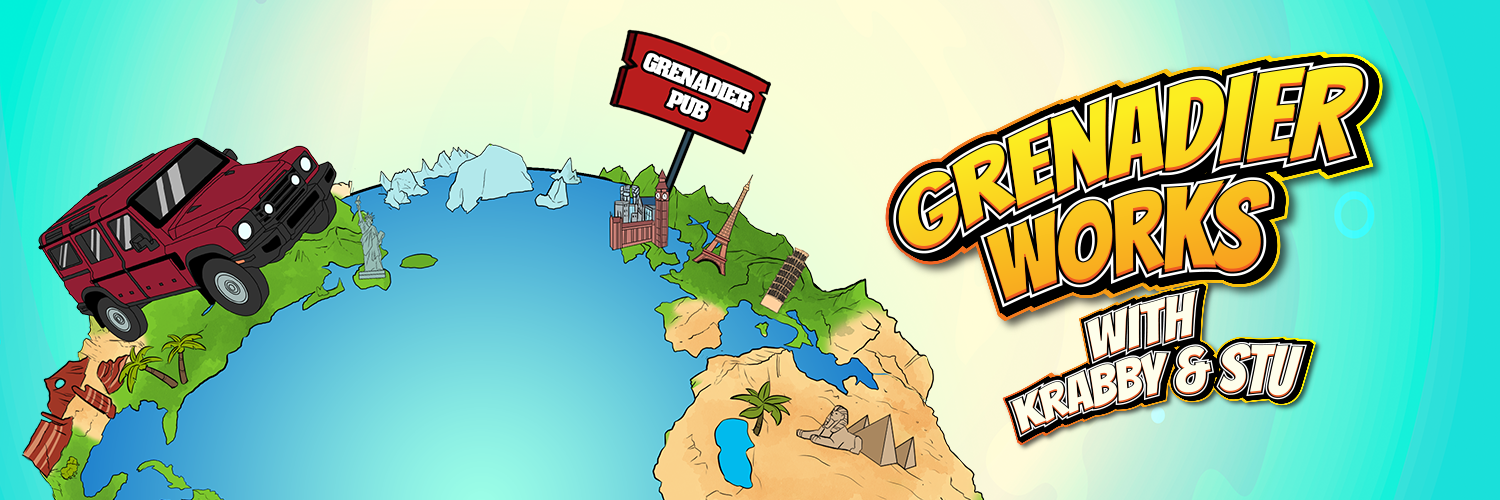Probably both? otherwise ,,with a cv joint all of the impact is transmitted=not good!
Since I'm playing around with devils advocacy here, if this is the solution for vibrations, what vibrations would be cause for concern? Where would they orginate? The driveshaft ballance out of spec? I'd rather have them spend the money on a ballanced driveshaft than use a glorfied rag joint. What else is there to cause vibrations that would require this solution?



